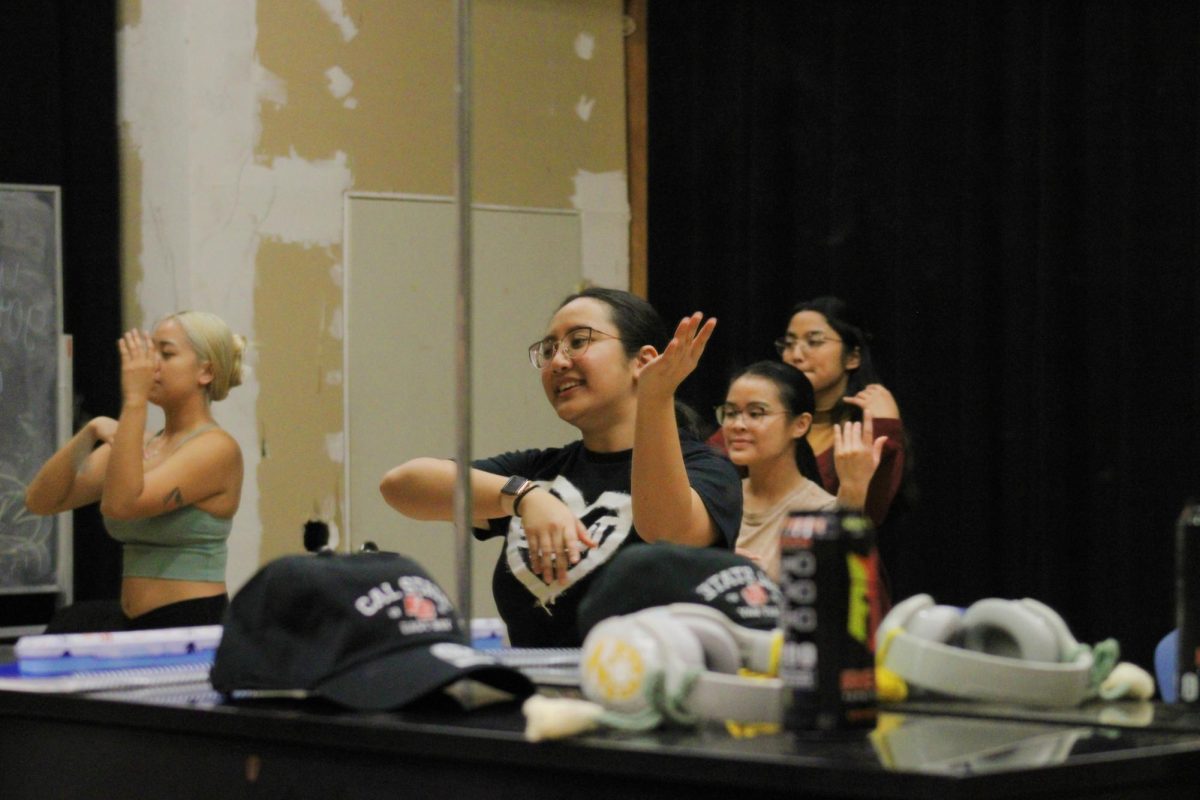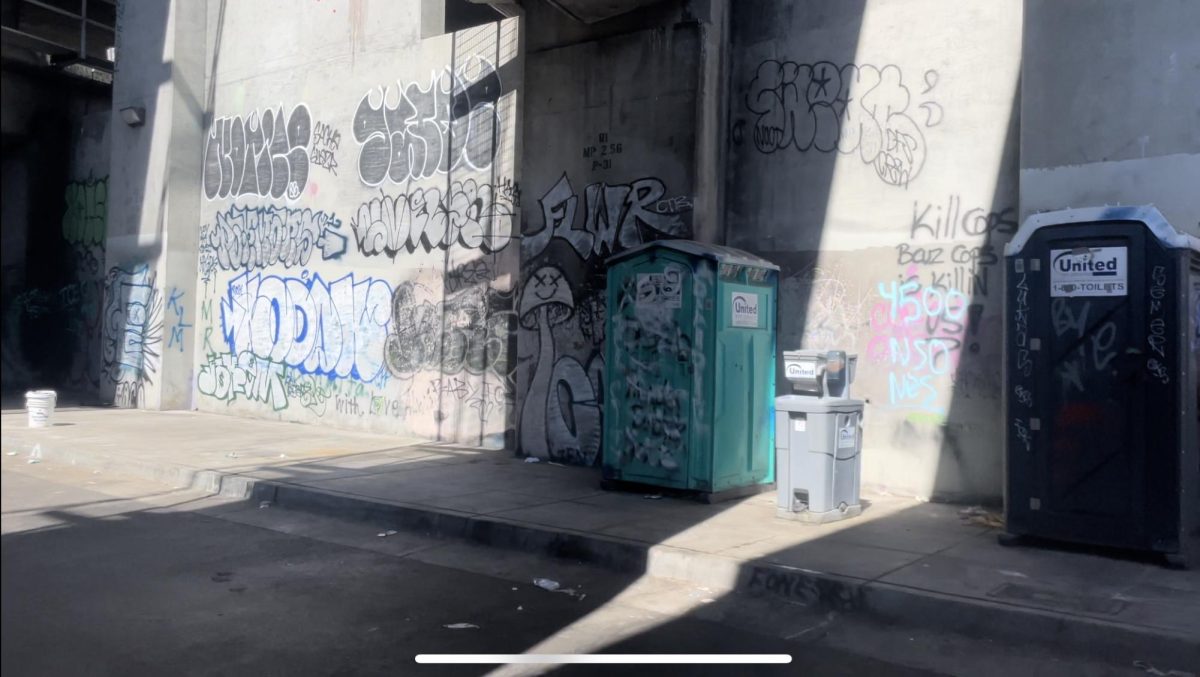
President Obama launched STEM initiatives in 2009 as part of his Educate to Innovate initiative that increased awareness across the nation of America’s diminishing number of graduates in Science, Technology, Engineering and Mathematics fields.
STEM has been seen as the sole driving force for improving America’s competitiveness in world economies; the initiative has since gained $700 million for private-public partnerships in K-20 education according to the White House website. There is now recent debate as to whether an “A” for Art is necessary for the program’s enrichment, creating the acronym STEAM.
“I first heard about this idea of STEAM from a paper that was published in South Korea, where this has actually been around for a while now,” said Ian Pollock, a professor in the art and multimedia department at CSU East Bay. “In South Korea this is not news, it’s just news in the U.S. which doesn’t like art in schools for some reason; because it’s too expensive and it doesn’t do anything.”
The STEM to STEAM initiative began at Rhode Island School of Design, a college of art and design founded in 1877 and located in Providence, Rhode Island. The college’s mission to educate the public on the important role that art and design have in today’s society began to spread nationwide to universities and organizations as the STEAM initiative continued to educate people on the innovations that can be created when combining the minds of scientists, engineers and mathematicians with artists and designers reads RISD’s webpage.
The university’s argument is that STEM is great for inventing things, but misses the mark when it comes to connecting new things to new ways to use them. The university states that it is the job of the artists to create these new uses that will generate more innovations and at times more popularity.
“For universities to finally recognize the fact that the arts are a really critical component both in terms of human development and in terms of economic development, I think is exciting, but it’s sad that it took this long,” said Pollock.
The idea that the general education requirement is separate from your major comes from the draconian idea that universities educate the whole person, added Pollock.
“We are worth more than our value producing skills, in fact to have a rich and just society, you have to have people who are educated and well-rounded,” said Pollock. “If you ask artists and musicians, sculptors and dancers they will tell you that you are a better mathematician because you have art and music abilities.”
CSUEB’s Mathematics and Computer Science Professor Thomas Judge says he understands the idea behind adding Art to the STEM initiative, and believes it may politically dilute the initiative.
“It all boils down to budget and how you allocate money, my understanding is that STEM is to try to improve the U.S. standing in the technical fields science, engineering, math, sciences overall,” said Judge. “If you take that position and listen to the politics that control budgets you still don’t get 100 percent support behind that concept, and if you throw in things like drawing, or sculpture, it seems to me on a level, that you’re going to make the political argument even tougher.”
CSUEB, which has not yet taken on the STEAM ideals, is working with faculty to generate ideas for redoing their coursework to improve learning and engagement for students.
“The CSUEB campus has a vision that it would become a destination for students who may not be STEM majors but they want to go to work in the companies in our region that are STEM oriented in some way,” said Stephanie Couch, director of CSUEB’s Institute for STEM Education.
These same companies that could potentially choose a CSUEB graduate, or any graduate for that matter, as their employees in this 21st century world would want them to be well-rounded, which the STEAM programs would help promote, reads eSchool News.
“STEAM as a core curriculum is really important, but the danger is that each letter stands by itself. If STEAM is a series of letters standing next to each other, it’s not going to work and it’s not going to be interesting,” said Pollock. “It’s when all those letters come together into a single word, then you can power something with that. I think it can be done, and it needs to be done. I think the students and faculty will be better for it because it will inject some bigger sense of connection and purpose to a curriculum.”

















